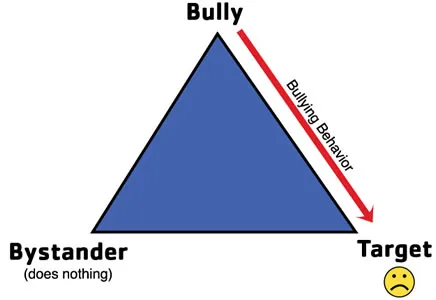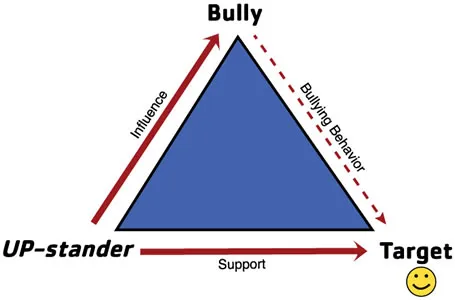We frequently think about bullying as involving two groups of people: the bully (or bullies), and the target (or targets). But most of the time, a third group of people are present—the bystanders.
Bystanders are an important part of the “bully triangle” because most bullying takes place in front of peers—bullies generally like an audience, and bullying rarely happens when adults are watching.
In the traditional bully triangle, bystanders feel guilty, uncomfortable or powerless to stop the cruel treatment that they witness. Most bystanders want to do something to stop the bully, but they don’t know what to do.
The key to stopping bully behaviors is to motivate and empower bystanders to take immediate positive actions to interrupt bullying, support the target and/or influence the bully to stop. In other words, they change from being passive bystanders to active UPstanders who can make a difference! Just standing next to someone who needs support or asking him or her to join you in an activity interrupts destructive bullying behavior and makes the target feel valued and respected.
It’s important to understand that bystanders need to be empowered to act. Most children are bystanders to bullying because they are afraid, conflicted or unsure what to do. Adults can help children learn to be UPstanders by teaching and practicing good responses to bullying, and by explicitly telling children that you will support them when they act to stop bullying.


